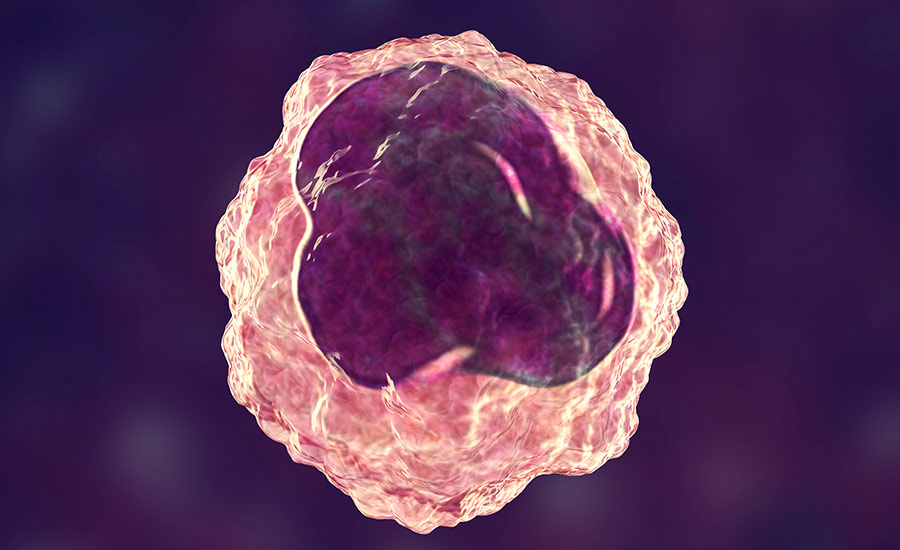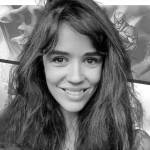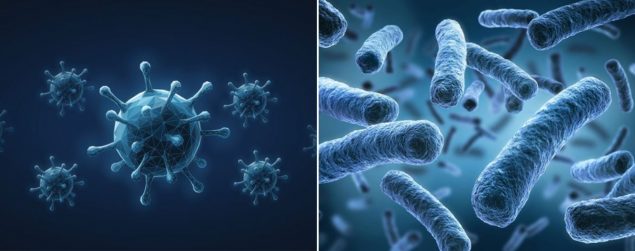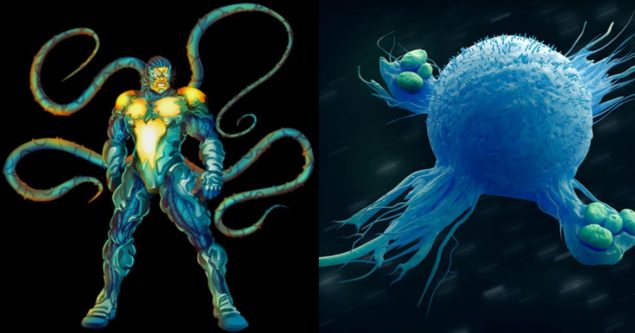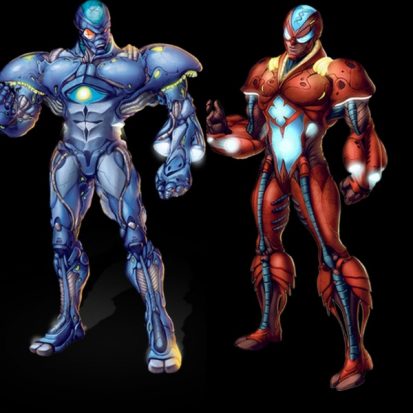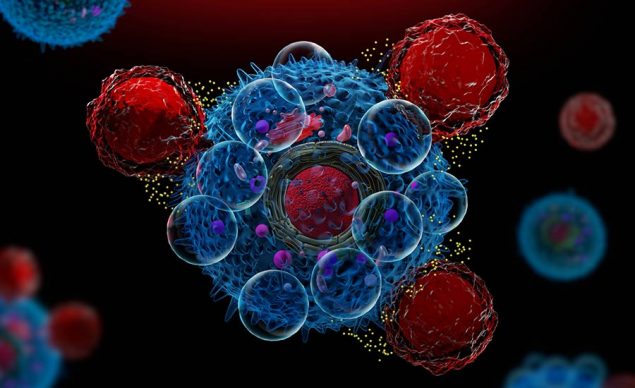Related Resources
Did you know that your immune system can be resentful, but in a cool way?
It remembers every single microbe it has ever fought, so if the bad guys enter your body again, your immune system recognizes them and quickly destroys them before they cause you harm.
Some of the most important cells that make up your immune system are called monocytes.
They’re like your body’s soldiers that are crucial for protecting you from bacteria and viruses.
But how do monocytes do it? Why are they so important? Let’s find out!

What Are Monocytes?
Monocytes are a type of white blood cells that are crucial for your body’s immune response.
As white blood cells, they’re the MVPs of your immune system.
White blood cells include:
- Monocytes
- Granulocytes (neutrophils, eosinophils and basophils)
- Lymphocytes (T-Cells and B-Cells)
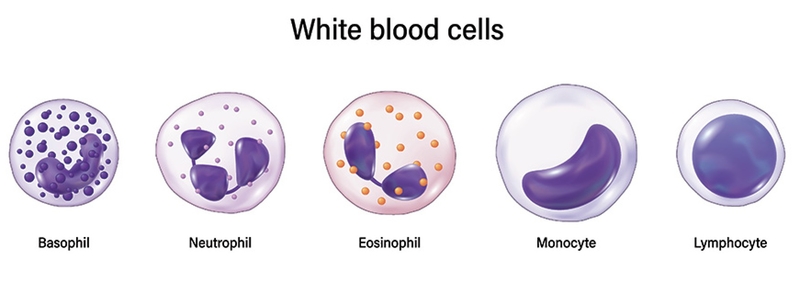
All white blood cells are part of your lymphatic system — think of them as a team of superheroes that work together to keep you healthy.
Monocytes, in particular, are important for your well-being.
They are a part of your innate immune system, which means that they’re in your body’s first line of defense against invaders. Monocytes recognize and eliminate pathogens and all damaged cells.
Monocytes are also the largest type of white blood cell. They average 15 – 18μm in diameter (like specks of dust!) and are approximately two times bigger than red blood cells.
Under a microscope, monocytes appear as large, round or kidney-shaped cells with a distinct nucleus.
They belong to a group of cells called agranulocytes — this means that they don’t contain granules in their cytoplasm.
Remember what cytoplasm is?
It’s like the jelly inside a donut. Except that in this case, the jelly is reallllly gooey and it gives the shape to a cell instead of to a donut. Cytoplasm is found inside all living cells, including the cells in your body!
Unlike granulocytes, which have distinct granules visible in their cytoplasm, monocytes have a relatively uniform appearance with a smooth cytoplasm.
The specialized granules that are found in granulocytes are important for functions such as fighting infections and producing inflammation. But, this doesn’t mean that monocytes are powerless.
In fact, these cells are in charge of performing a variety of important immune system functions, including phagocytosis, antigen presentation and cytokine production! More on these soon!
The Development Of Monocytes
Like all white blood cells, monocytes are also produced in the bone marrow — the spongy mass inside your bones.
They develop from hematopoietic stem cells — these guys can create all types of blood cells.
When hematopoietic stem cells divide, they can produce two types of immune system cells:
- More stem cells
- Specialized cells called progenitor cells; progenitor cells then produce different types of blood cells, including monocytes
Once monocytes fully develop in the bone marrow, they get into your bloodstream and travel throughout the body.
As soon as a tissue is damaged or infected, monocytes are urgently recruited to that tissue.
Once they get inside the tissue, monocytes differentiate into two types of immune system cells:
- Macrophages: These cells engulf and digest pathogens, foreign substances and cellular debris.
- Dendritic cells: Dendritic cells help identify and present antigens to other immune cells. They also initiate the response of the adaptive immune system.
Once monocytes differentiate into macrophages and dendritic cells, they start participating in your body’s protection against pathogens.
View this post on Instagram
Types Of Monocytes
Your body contains three types of monocytes:
- Classical monocytes
- Non-classical monocytes
- Intermediate monocytes
1. Classical Monocytes
Classical monocytes are the most common type of monocyte and make up around 80% of all monocytes in your blood.
They’re important for initiating the immune response to bacterial infections because they can easily bind to bacterial molecules.
Classical monocytes are also crucial for phagocytosis of foreign cells as well as the process of tissue repair and recovery after infection or injury.
2. Non-classical Monocytes
Non-classical monocytes make up about 5-10% of all monocytes in your blood.
Unlike classical monocytes, they don’t differentiate into macrophages or dendritic cells.
Instead, non-classical monocytes patrol your blood and tissues; they keep an eye on the tissue health and look for the signs of infections and injury.
Non-classical monocytes clear damaged cells and debris, help battle inflammation and are also involved in tissue repair.
3. Intermediate Monocytes
Intermediate monocytes are the newly-defined subset of monocytes.
They’re included in antigen presentation, the stimulation of T-Cells, the body’s inflammatory response and tissue repair, but also in the development of some diseases, including such as atherosclerosis and rheumatoid arthritis.

The Functions Of Monocytes
Monocytes perform several important roles that are crucial for keeping you alive and kicking, such as:
- Antigen presentation: Antigens are molecules that are present on the surface of pathogens and other foreign substances. When monocytes differentiate into dendritic cells, they can capture and process antigens. Then, they present antigens on their surface to other immune cells, such as their fellow immune cell warriors —T-cells. The reason they do this is to initiate an immune response and protect you from invaders.
- Phagocytosis: Monocytes are capable of engulfing and destroying foreign particles such as bacteria, viruses and cellular debris. That way, they keep the body clear of harmful particles.
- Cytokine production: Monocytes produce cytokines — signaling molecules involved in crucial processes, such as immune system cell activation, inflammation, tissue development and wound healing.
- Tissue repair: Monocytes are like a Jack of all trades, except that they’re masters of all of them. As we mentioned, monocytes can differentiate into macrophages and dendritic cells, and these cells are involved in wound healing and tissue regeneration.
Although these functions of monocytes are beneficial for human health, at the same time, they can be harmful.
When T-Cells become active, they will do whatever it takes to keep the host safe. Sometimes, that means mistakenly attacking the healthy tissues in the body, which can lead to tissue damage and inflammation.
As for cytokine production, sometimes these proteins can contribute to the development of autoimmune diseases by promoting inflammation. Macrophages can do the same, too.
When monocytes differentiate into macrophages, they can release enzymes that are harmful to healthy tissues, which can cause the development of autoimmune diseases and their progression.
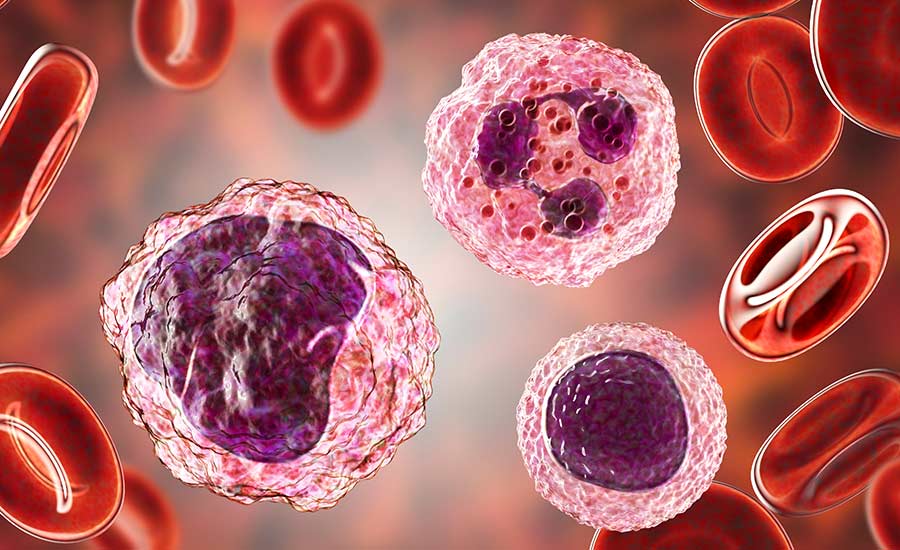
The Importance Of Monocytes
Monocytes have a big clinical significance because they can provide valuable information on a person’s health.
An increased number of monocytes in the blood is called monocytosis.
If a person has monocytosis, that means that their body is fighting a viral, bacterial or fungal infection. Aside from indicating an infection, monocytosis can also be a sign of a more serious underlying condition.
For instance, abnormal monocyte numbers can be indicative of lupus, rheumatoid arthritis and bowel disease.
Monocytes can also be increased in patients with cancer, such as lymphoma and leukemia.
Upon seeing an increased number of monocytes, doctors are likely to request further tests and examinations to discover the cause of the problem.
Monocytes don’t just indicate that a person may be sick; they can also be used to create personalized immuno therapies.
For example, in dendritic cell-based immunotherapy, monocytes are isolated from a patient’s blood and differentiated in dendritic cells in a lab.
Then, dendritic cells are loaded with tumor antigens, and then injected back into a patient to stimulate its anti-tumor immune response.
Something similar is done when developing chimeric antigen receptor (CAR) T-Cell therapy.
In that case, monocytes are isolated from blood and genetically engineered to express chimeric antigen receptors that target specific cancer cells.
Monocytes that express CARs are then differentiated into macrophages in a lab, then given back to the patient to kill cancer cells.
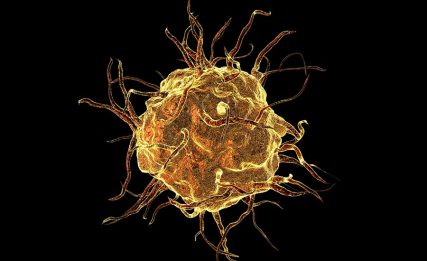
Discover how macrophages combat pathogens & find out how they keep your organs healthy!
A Recap On Monocytes And Their Role In The Immune System
Monocytes are an essential component of the immune system and play a crucial role in defending the body against infection and disease.
Their ability to migrate to different tissues and respond to various signals makes them a vital component of both innate and adaptive immunity.
Monocytes are versatile immune cells that can differentiate into other immune cells — macrophages and dendritic cells.
The differentiation of monocytes into macrophages and dendritic cells allows for a more efficient immune response.
When monocytes encounter a pathogen or antigen, they can differentiate into the appropriate immune cell type needed to combat the threat.
Macrophages can engulf and digest the pathogen, while dendritic cells can present antigens to T-Cells, leading to the activation of the adaptive immune response.
Monocytes are involved in various immune responses, including inflammation, antigen presentation, phagocytosis and cytokine production; these guys are among the most important immune cells in the human body!
The study of monocytes is a fascinating area of immunology. The more scientists learn about these powerful cells, the better the chances of developing immune therapies that could cure some serious conditions and diseases, including various types of cancer.

